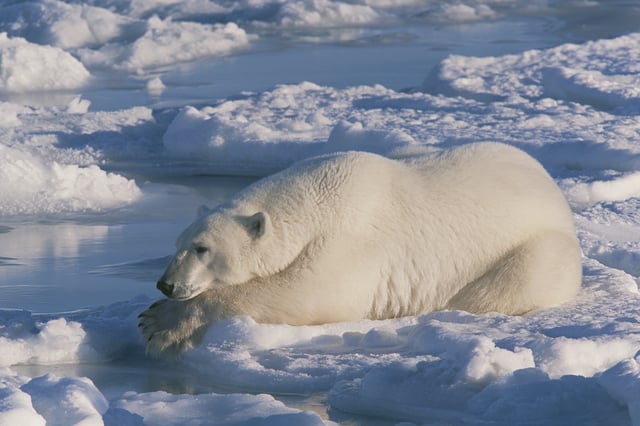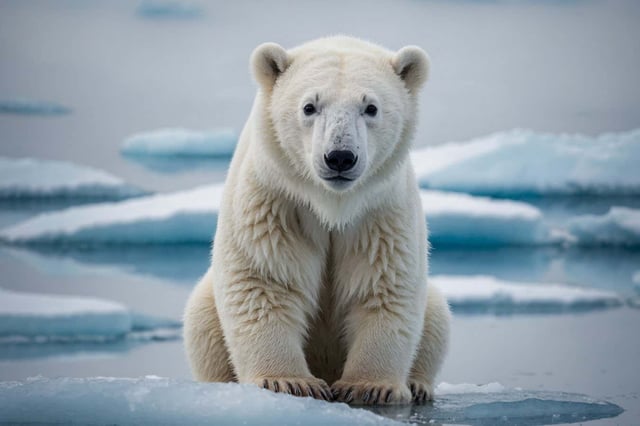Overview
- Researchers discovered that polar bear fur's greasy sebum, composed of cholesterol, diacylglycerols, and fatty acids, prevents ice from adhering to it.
- Tests showed that unwashed polar bear hair with intact grease had significantly lower ice adhesion compared to washed hair or human hair.
- The absence of squalene, a fatty metabolite found in human and aquatic animal hair, is critical to the anti-icing properties of polar bear fur.
- The findings may inspire sustainable anti-icing technologies, potentially replacing harmful PFAS chemicals in coatings for fabrics, skis, and snowboards.
- Insights from this research also highlight how Inuit hunting methods mimic polar bear adaptations, such as using preserved polar bear fur to reduce noise on ice.

